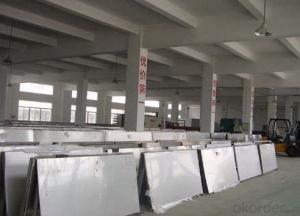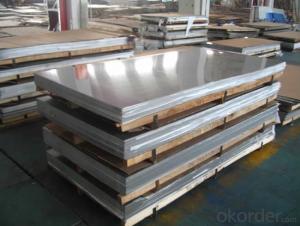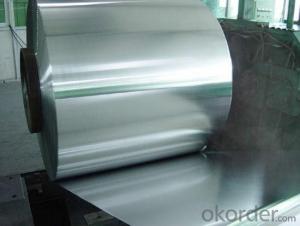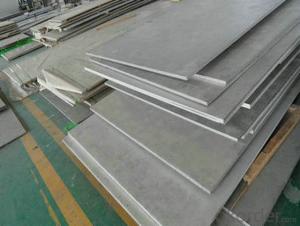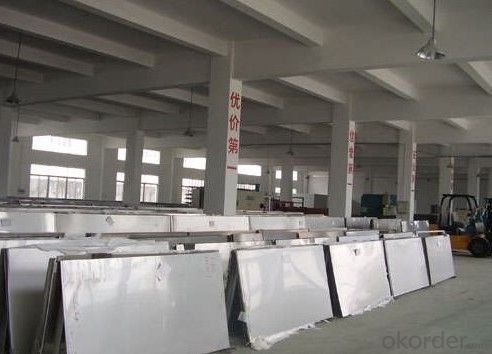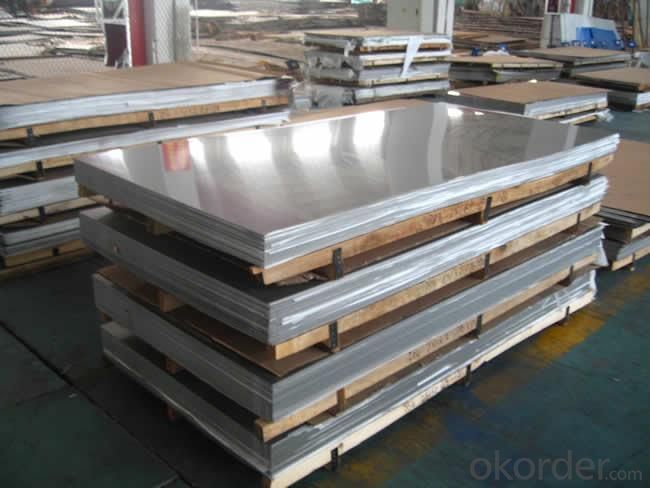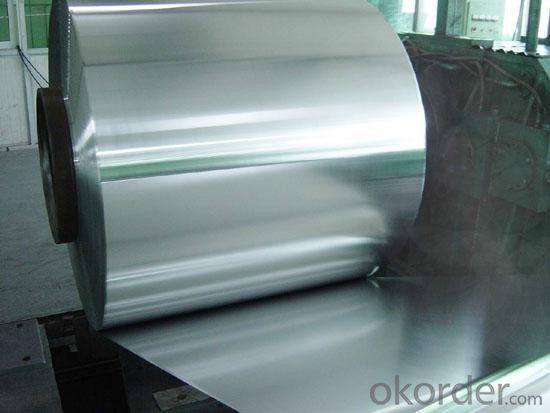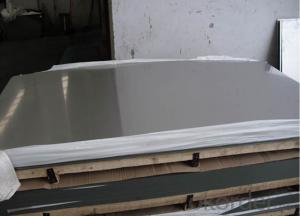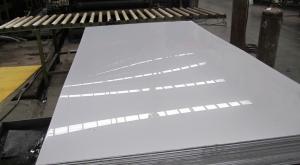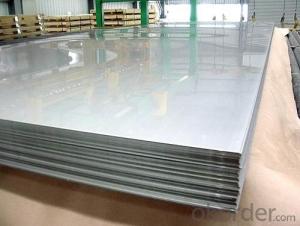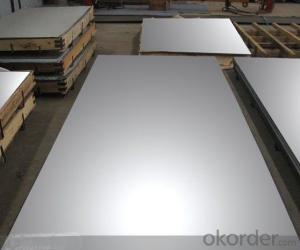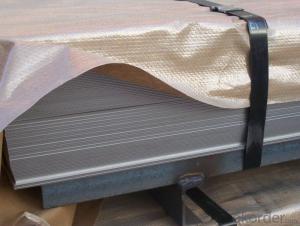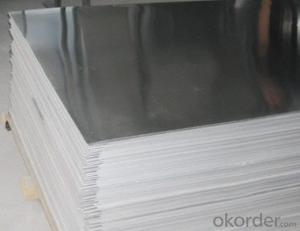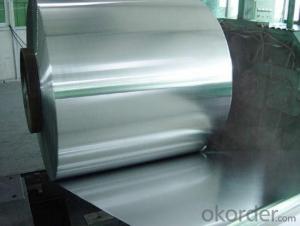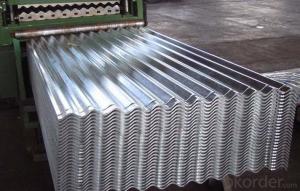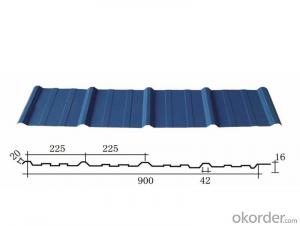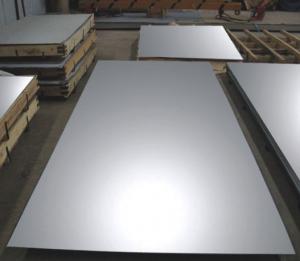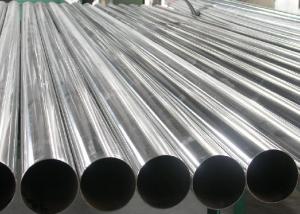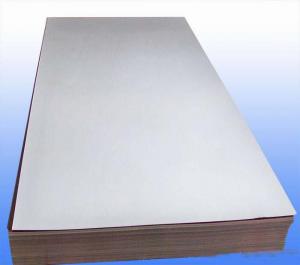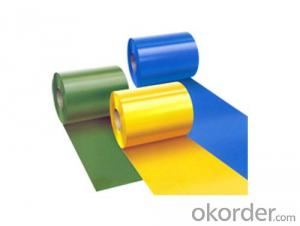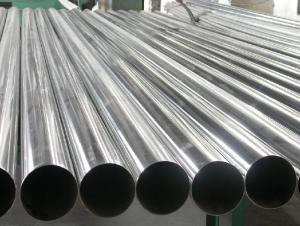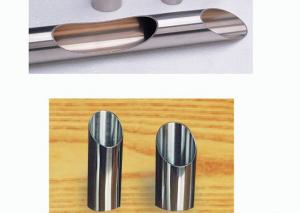Stainless Steel Sheet and Plate with good treatment
- Loading Port:
- Shanghai
- Payment Terms:
- TT OR LC
- Min Order Qty:
- 10000 m.t.
- Supply Capability:
- 5000000 m.t./month
OKorder Service Pledge
OKorder Financial Service
You Might Also Like
Specifications of stainless steel
304 stainless Steel Plate
stainless steel plate,steel sheet,steel plate
Standard: ASTM,GB,DIN,JIS,ISO,EN,etc.
TISCO stainless Steel Plate 304/NO.1 finished
stainless steel plate,steel sheet,steel plate
Standard: ASTM,GB,DIN,JIS,ISO,EN,etc.
Delivery short and low cost advantage.
Description of stainless steel:
stainless steel plate,hot rolled stainless steel plate,cold rolled stainless steel plate,stainless steel sheet,steel sheet,sheet
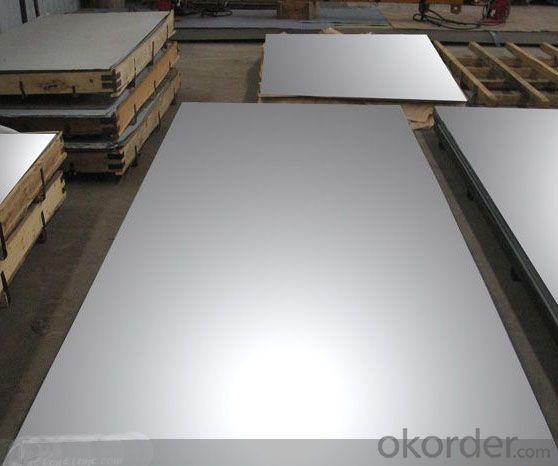
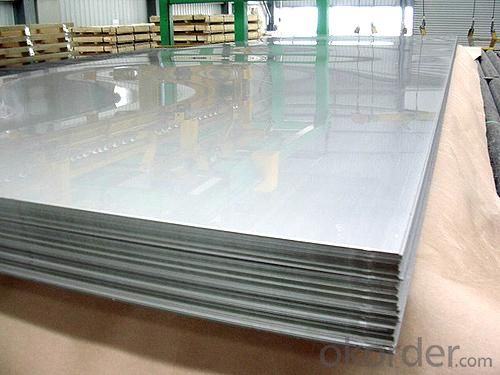
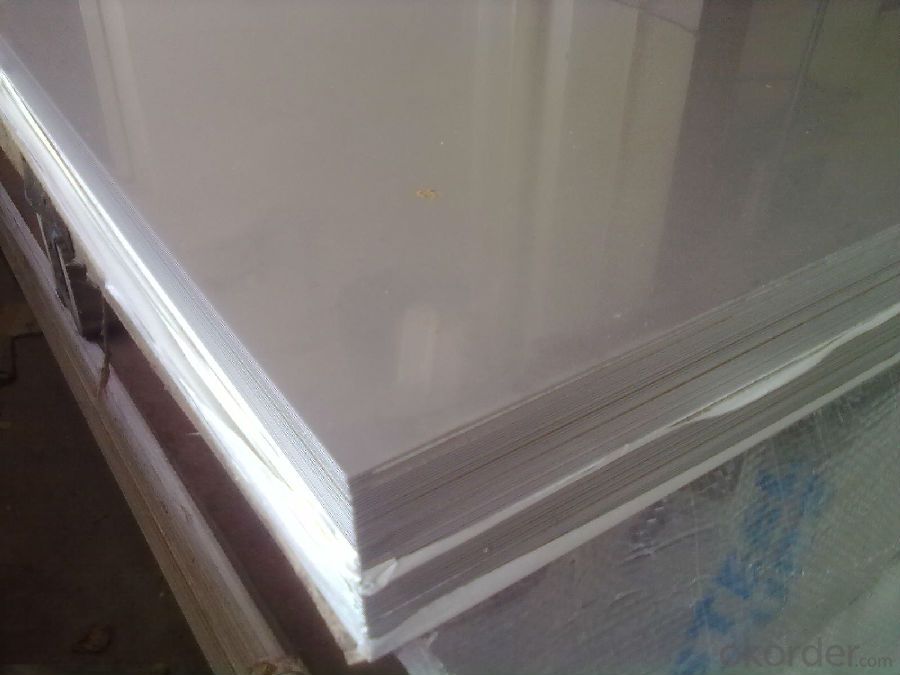
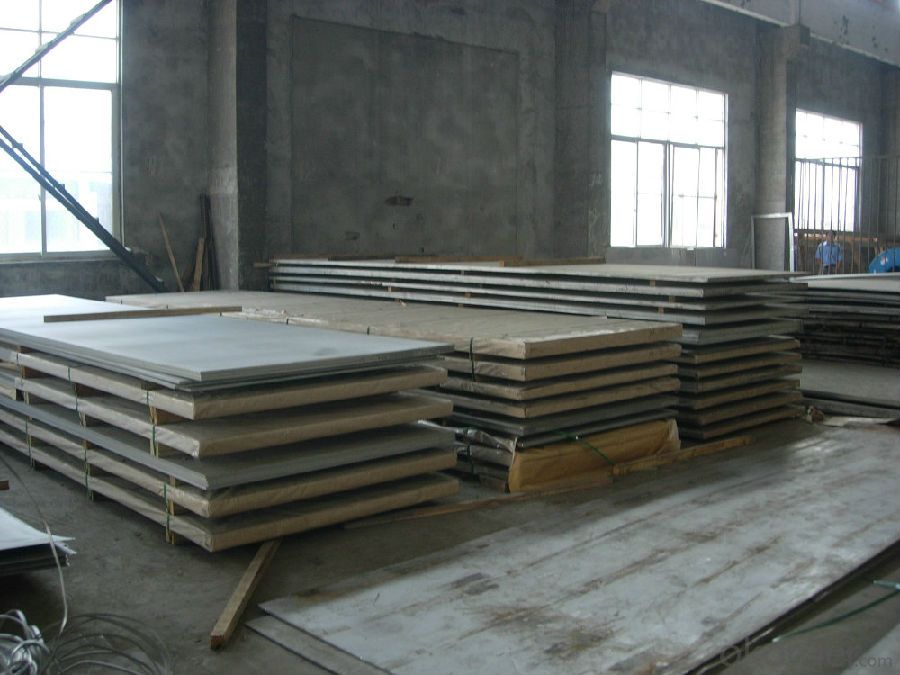
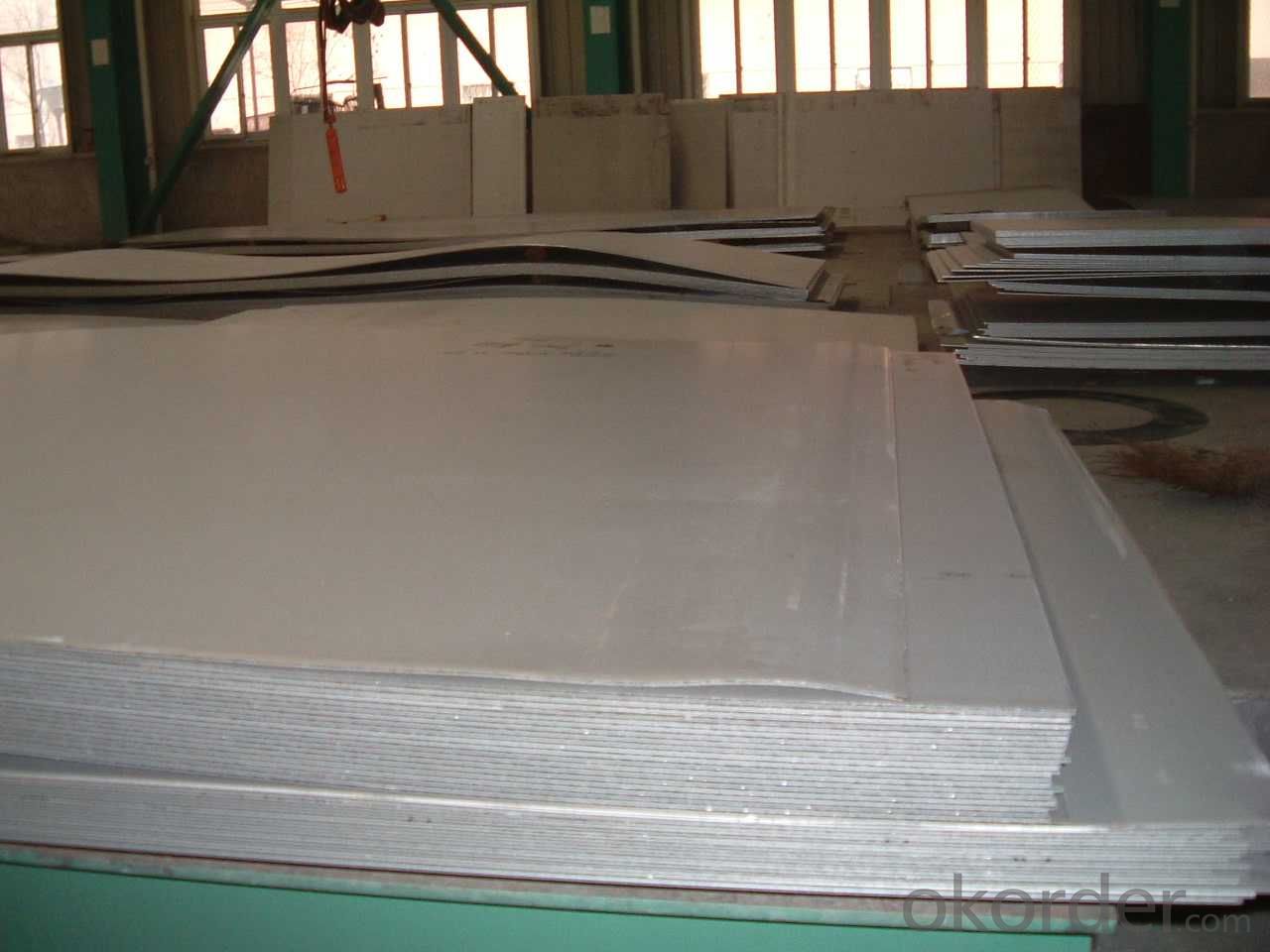
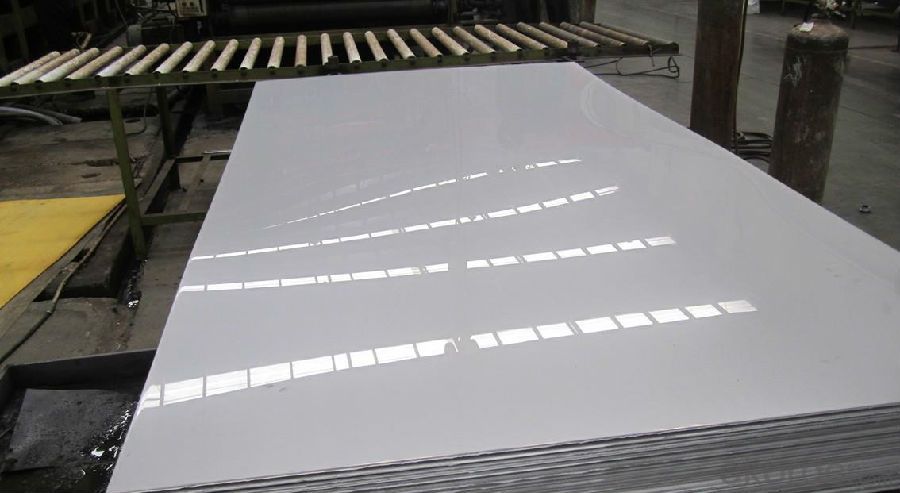
Material of stainless steel:
304,304L,309S,310S,316,316L,316Ti,317L,317L,321,347H,409,409L,410S,420,430,201,202,etc.
Thickness of stainless steel:
From 0.3mm to 100mm
Width of stainless steel:
1000mm,1219mm,1250mm,1500mm,1800mm,2200mm,2500mm or as your requirement
Length of stainless steel:
2000mm,2438mm,2500mm,6000mm,6096mm or as your requirement
Application of stainless steel:
Stainless steel plate applies to construction field, ships building industry, petroleum & chemical industries, war and electricity industries, food processing and medical industry, boiler heat exchanger, machinery and hardware fields. Our company has cooperative relation between the domestic agents. Stainless steel plate can be made accordingto the customers requirements. Fasten delivery. Quality assured.Welcome to order more.
Contacts
If you have any question,please feel free to contact us.
- Q: Can stainless steel sheets be used for hygienic environments?
- Yes, stainless steel sheets can be used for hygienic environments. Stainless steel is a popular choice for such environments due to its inherent properties that make it highly resistant to corrosion, heat, and chemical damage. Its smooth and non-porous surface is easy to clean, preventing the accumulation of bacteria, mold, or other contaminants. Stainless steel is also non-reactive and does not release any harmful substances, making it suitable for sensitive environments such as food processing facilities, hospitals, pharmaceutical labs, and cleanrooms. Additionally, stainless steel is durable and long-lasting, providing excellent hygiene and cleanliness for extended periods. Overall, stainless steel sheets are a reliable and hygienic choice for various applications in environments that prioritize cleanliness and sanitation.
- Q: What are the different types of stainless steel sheet surface patterns for architectural purposes?
- There are several different types of stainless steel sheet surface patterns that are commonly used for architectural purposes. These patterns are created by altering the surface of the stainless steel sheet through various techniques. Some of the most popular types of surface patterns include: 1. Brushed: This is a common surface pattern that is created by brushing the stainless steel sheet with a fine abrasive material. It creates a smooth and uniform texture with visible brush lines running in one direction. Brushed stainless steel is often used for its sleek and contemporary appearance. 2. Mirror: As the name suggests, mirror stainless steel has a highly reflective surface that resembles a mirror. This surface pattern is achieved by polishing the stainless steel sheet to a high shine. Mirror stainless steel is commonly used in applications where aesthetics and visual impact are important. 3. Embossed: Embossed stainless steel sheets have a raised pattern or design on the surface. This pattern is created by pressing the stainless steel sheet between rollers that have a specific design or pattern engraved on them. Embossed stainless steel adds texture and depth to architectural applications. 4. Perforated: Perforated stainless steel sheets have small holes or perforations evenly distributed across the surface. These perforations can be in various shapes and sizes, allowing for airflow, light transmission, and decorative effects. Perforated stainless steel sheets are commonly used for façades, screens, and decorative elements. 5. Etched: Etched stainless steel sheets have designs or patterns chemically etched into the surface. This is achieved by applying an acid-resistant material to the stainless steel and then selectively removing the unprotected areas with acid. Etched stainless steel sheets can create intricate and detailed designs, making them ideal for artistic and decorative applications. 6. Hammered: Hammered stainless steel sheets have a textured surface that resembles hammered metal. This pattern is achieved by using a special hammer or mallet to create indentations and surface irregularities. Hammered stainless steel sheets add a rustic and handcrafted look to architectural projects. These are just a few examples of the different types of stainless steel sheet surface patterns that are commonly used for architectural purposes. Each pattern offers its own unique visual and textural qualities, allowing designers and architects to choose the most suitable option for their specific project needs.
- Q: What are the different methods of cutting stainless steel sheets?
- Depending on specific requirements and desired precision, there are several methods available for cutting stainless steel sheets. One commonly used method is shearing, which involves utilizing a machine with sharp blades to cut through the material. Shearing is ideal for straight cuts and offers a relatively fast and cost-effective solution. For high precision and intricate designs, laser cutting is a highly recommended method. It utilizes a powerful laser beam to provide a clean and smooth cut. This method is widely used in industries that prioritize precision and quality finishes. Plasma cutting, on the other hand, utilizes a high-temperature plasma arc to melt through stainless steel sheets. It is particularly suitable for cutting thick sheets or materials with high conductivity. This method offers fast cutting speeds and can handle various shapes and thicknesses. Waterjet cutting is a versatile method that involves using a high-pressure jet of water mixed with abrasive particles to cut through stainless steel sheets. It offers high precision and can create complex shapes. Additionally, waterjet cutting is a cold process, meaning it does not produce heat-affected zones or alter the material's structure. In situations where other methods are not feasible, abrasive cutting can be used. This method involves using an abrasive wheel or disc to grind and cut through stainless steel sheets. It can be done manually or with the assistance of power tools, such as angle grinders. The choice of cutting method depends on various factors, including the thickness of the stainless steel sheet, desired precision, budget, and production requirements. Each method has its own advantages and limitations, allowing for flexibility in choosing the most suitable option.
- Q: What's the thinnest stainless steel plate in China?
- Stainless steel hot rolled plates are rolled into relatively thin steel sheets at higher temperatures, and cold-rolled steel sheets are rolled at room temperature. Usually the first hot rolling, and then cold rolling. If the steel plate is thicker, it can only be rolled by hot rolling, then rolled into a thinner plate and then cold rolled. Hot-rolled steel sheet is divided into thick plate (thickness greater than 4mm) and sheet (thickness of 0.35~4mm) two kinds; cold-rolled steel sheet only (thickness of 0.2~4mm) one.
- Q: Can stainless steel sheets be used in decorative applications?
- Yes, stainless steel sheets can definitely be used in decorative applications. Stainless steel is highly versatile and can be fabricated into various shapes, patterns, and finishes, making it an excellent choice for decorative purposes. Its sleek and modern appearance adds a touch of elegance to any space and it can be used for a wide range of applications, including wall cladding, backsplashes, cabinet fronts, countertops, and furniture accents. Additionally, stainless steel sheets are highly durable, corrosion-resistant, and easy to clean, making them ideal for both indoor and outdoor decorative applications.
- Q: How do you prevent staining or discoloration on stainless steel sheets in coastal environments?
- Preventing staining or discoloration on stainless steel sheets in coastal environments necessitates a combination of regular maintenance and protective measures. Here are several effective approaches to avoid such problems: 1. Routine cleaning: Employ mild soap or detergent and warm water to regularly clean the stainless steel sheets. Gently wipe the surface with a soft cloth or sponge to eliminate salt, dirt, or grime that may lead to staining. 2. Avoid abrasive cleaners: Refrain from using abrasive cleaners, steel wool, or harsh chemicals on stainless steel sheets as they can scratch or harm the surface, rendering it more vulnerable to staining. 3. Rinse with fresh water: After cleaning, thoroughly rinse the stainless steel sheets with fresh water to eradicate any lingering cleaning agents or salt deposits that could cause discoloration. 4. Apply protective coatings: You can apply protective coatings specifically formulated for stainless steel to establish a barrier against saltwater and other corrosive elements. These coatings can effectively prevent staining and discoloration by providing a protective layer on the surface. 5. Utilize stainless steel cleaners: Regularly utilize stainless steel cleaners or polishes to preserve the appearance and safeguard the surface of the stainless steel sheets. These products can assist in removing any surface stains or discoloration and leave behind a protective layer. 6. Ensure proper ventilation: Ensure proper ventilation in the vicinity where the stainless steel sheets are installed. Adequate airflow can aid in minimizing moisture and salt accumulation in the environment, thereby reducing the likelihood of staining or discoloration. 7. Conduct regular inspections: Routinely inspect the stainless steel sheets for any indications of staining or discoloration. Early detection can help promptly address any issues and prevent further damage. By implementing these preventive measures and incorporating regular maintenance, you can significantly diminish the risk of staining or discoloration on stainless steel sheets in coastal environments, ensuring their longevity and aesthetic appeal.
- Q: Can stainless steel sheets be used for chemical mixing tanks?
- Yes, stainless steel sheets can be used for chemical mixing tanks. Stainless steel is highly resistant to corrosion and chemical damage, making it a suitable material for containing and mixing various chemicals. Additionally, its smooth surface prevents the buildup of bacteria and allows for easy cleaning and maintenance.
- Q: Can stainless steel sheets be used for kitchen countertops?
- Yes, stainless steel sheets can be used for kitchen countertops. Stainless steel is a popular choice for kitchen countertops due to its durability, heat resistance, and hygienic properties. It is resistant to stains, corrosion, and rust, making it a suitable material for a high-traffic area like the kitchen. Stainless steel countertops are also easy to clean and maintain, making them a practical option for busy kitchens. Additionally, stainless steel adds a sleek and modern look to the kitchen, making it a popular choice for contemporary and industrial-style kitchens.
- Q: Are stainless steel sheets suitable for high-traffic areas?
- Yes, stainless steel sheets are highly suitable for high-traffic areas. They are durable, resistant to corrosion, and can withstand heavy use. Additionally, stainless steel sheets have a sleek and modern appearance, making them a popular choice for public spaces such as airports, hospitals, and commercial buildings.
- Q: What brand of stainless steel plate is good?
- Stainless steel plate has a smooth surface, high plasticity, toughness and mechanical strength, corrosion of acid, alkaline gas, solution and other medium.
Send your message to us
Stainless Steel Sheet and Plate with good treatment
- Loading Port:
- Shanghai
- Payment Terms:
- TT OR LC
- Min Order Qty:
- 10000 m.t.
- Supply Capability:
- 5000000 m.t./month
OKorder Service Pledge
OKorder Financial Service
Similar products
Hot products
Hot Searches
Related keywords
